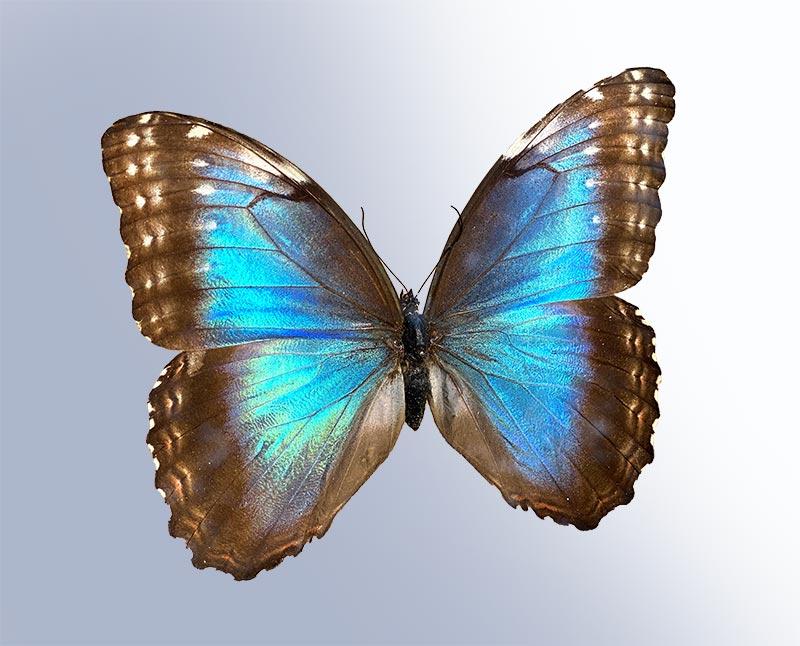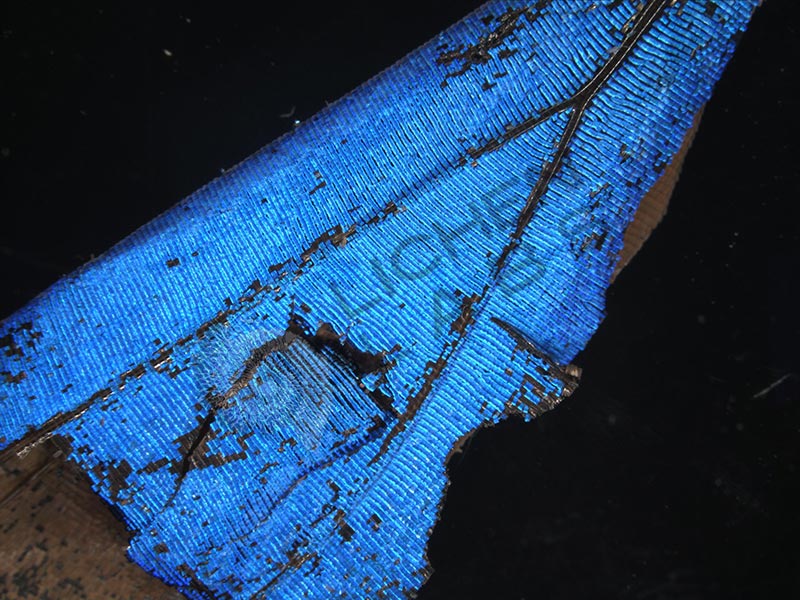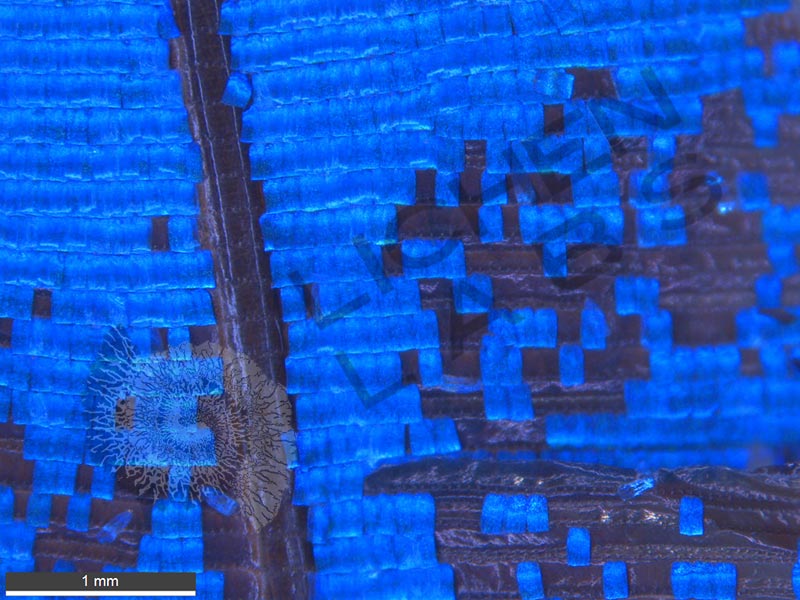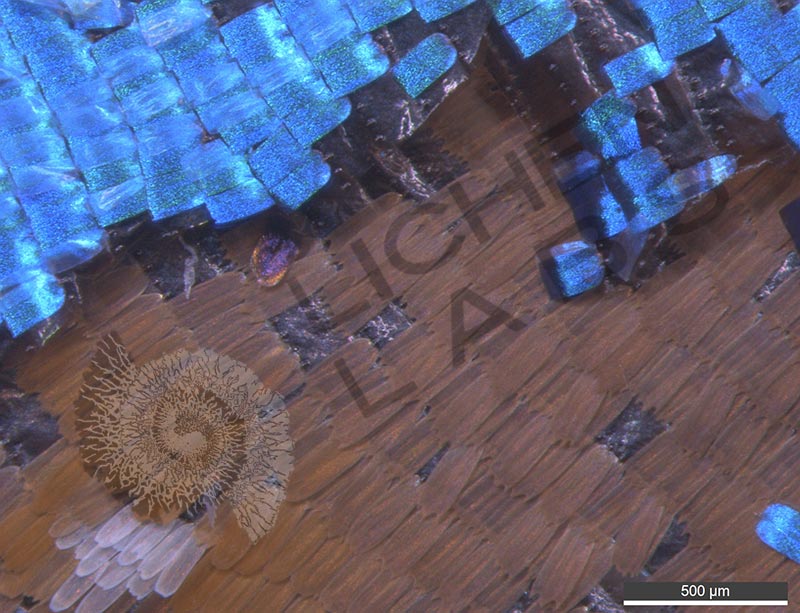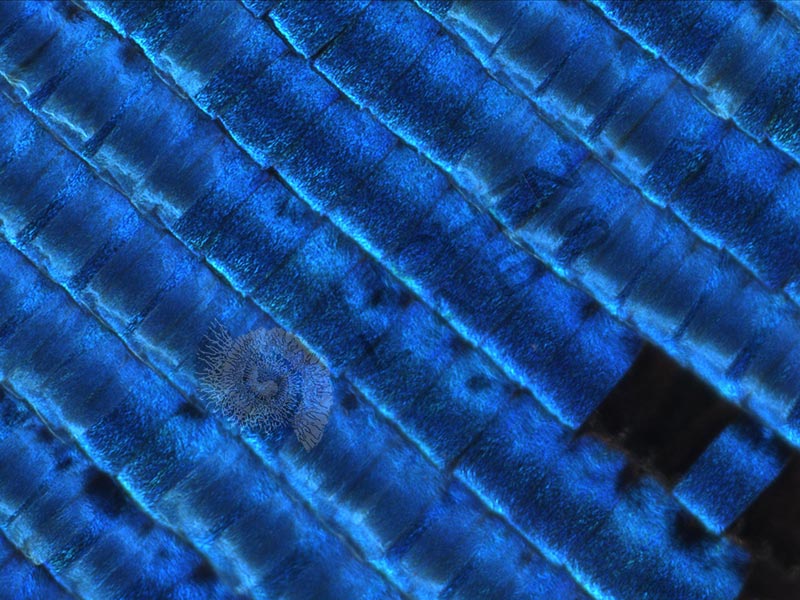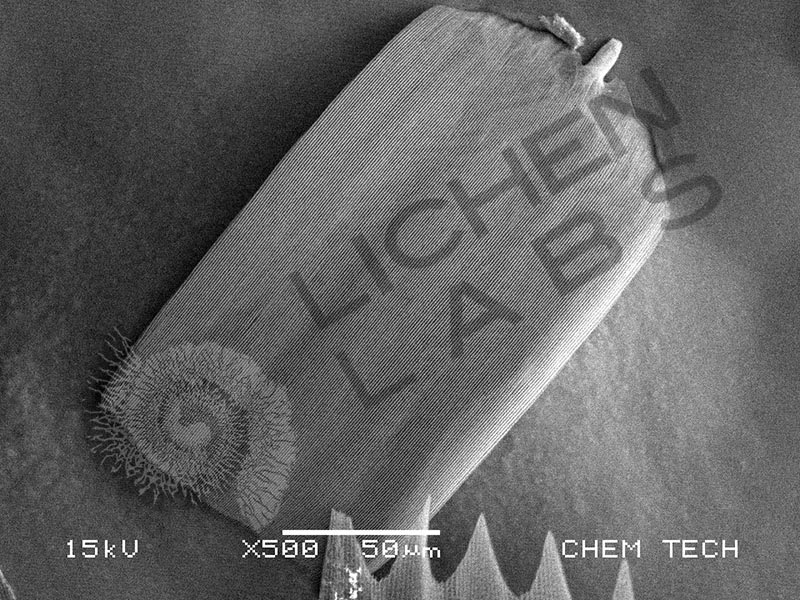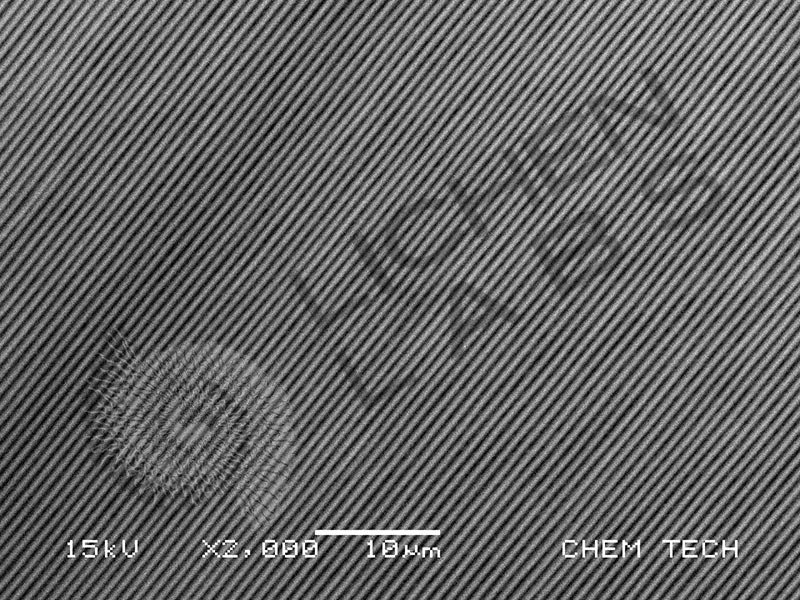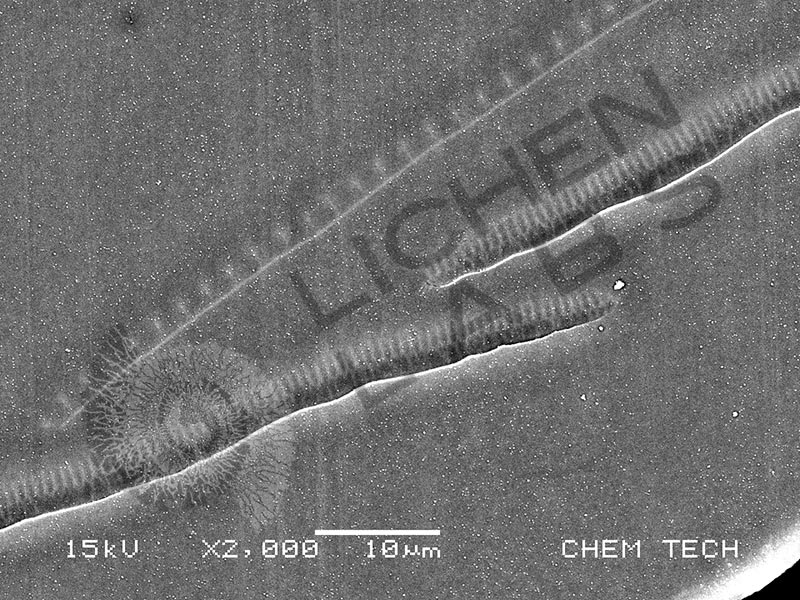Product Description
This Morpho butterfly wing is a beautiful example of structural color. The blue in its wing is not due to chemical pigments but how the light interacts with the periodic nanostructures on its surface. When you move the wing, you can see color changes depending on the viewing angle relative to the light.
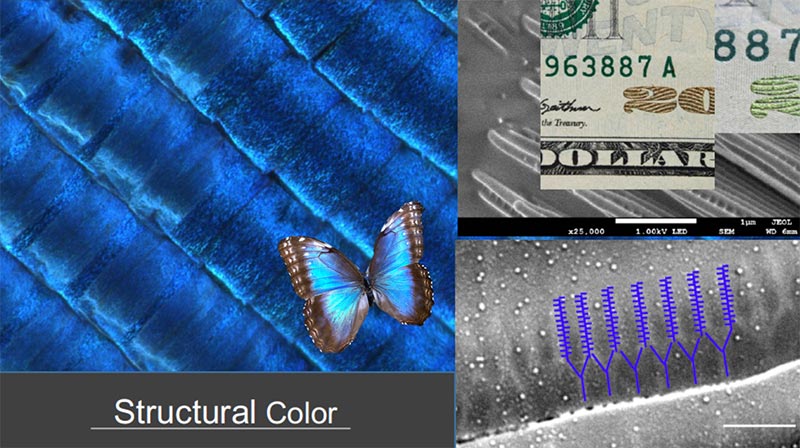
The reflective scale structure has been mimicked for use in screen display technology for more vivid colors with less energy. Tiny mimicked scales have been put in the ink in $20 bills and banknotes around the world to make the “20” shift colors from gold to green and make them difficult to counterfeit.
Structural color and iridescence are a pattern in nature; we call a platform technology. We find this in organisms around the world. Examples include iridescent fish, peacock feathers, insects, and even some types of berries.
https://asknature.org/strategy/wing-scales-cause-light-to-diffract-and-interfere/#.XoO6YdNKiuM
PURCHASE 5 OR MORE IMAGES AND GET 20% OFF YOUR ENTIRE ORDER!
Please contact us for custom images.
The image store is a collection of organisms that have been examined under a stereo light microscope (LM) and or scanning electron microscope (SEM). Each group of organisms has a short description and a longer more detailed description or story about the organism. Clicking on the product group shows the individual images. Each series takes the observer from macro to micro or nano on a particular organism, starting with a macro photographic image(s) for perspective, micro images taken by the light microscope, and most have micro to nano scanning electron microscope images. The SEM images will appear in black and white as a beam of electrons is used to illuminate the specimen rather than light. A few SEM images are colorized (lotus leaf). More information about the labeling and techniques used is below.
For the curious:
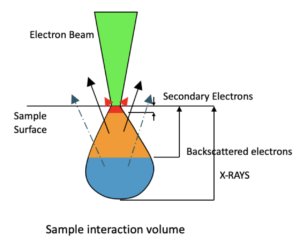
The light microscope images are labeled LM and a Z is included if it is a vertical composite of images effectively extending the depth of field or EDF of the microscope.
SEM images are labeled by the type of detector use:
SE (secondary electron)
LSE (Low vacuum secondary electron)
BES (backscattered electron shadow mode)
BEC (backscattered electron compositional mode)
The SEM instrument works by producing a beam of electrons under a vacuum that interacts with the sample surface and subsurface producing different signals, as shown in the diagram at right. Secondary electrons, backscattered electrons and x-rays are detected using different instrument modes. In addition to morphological information to produce an image the SEM can determine elemental composition by energy dispersive x-ray spectroscopy (EDS).


